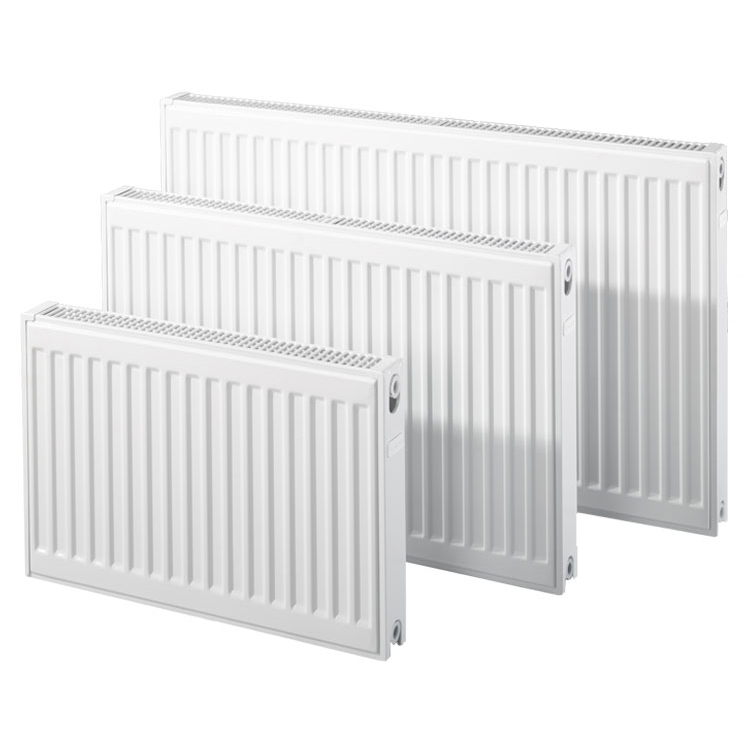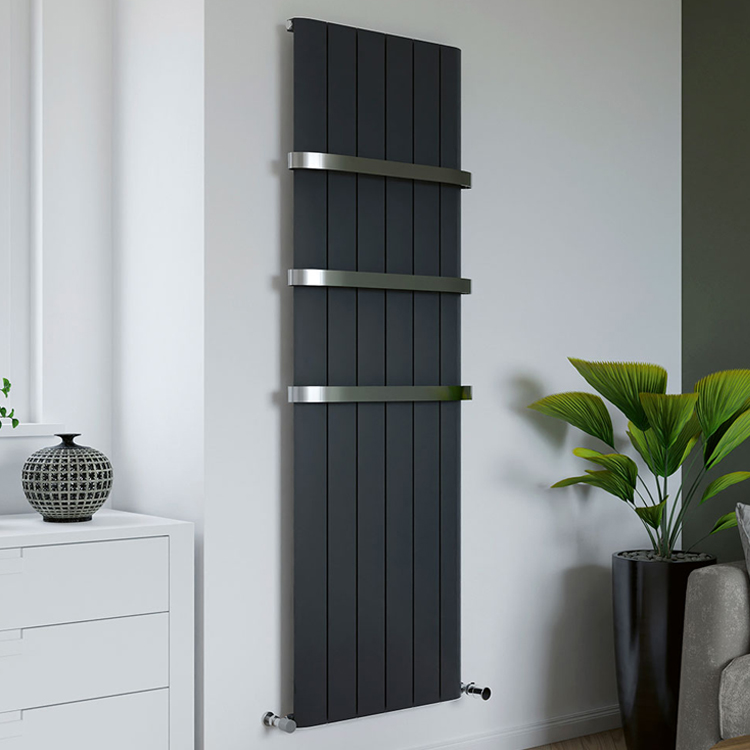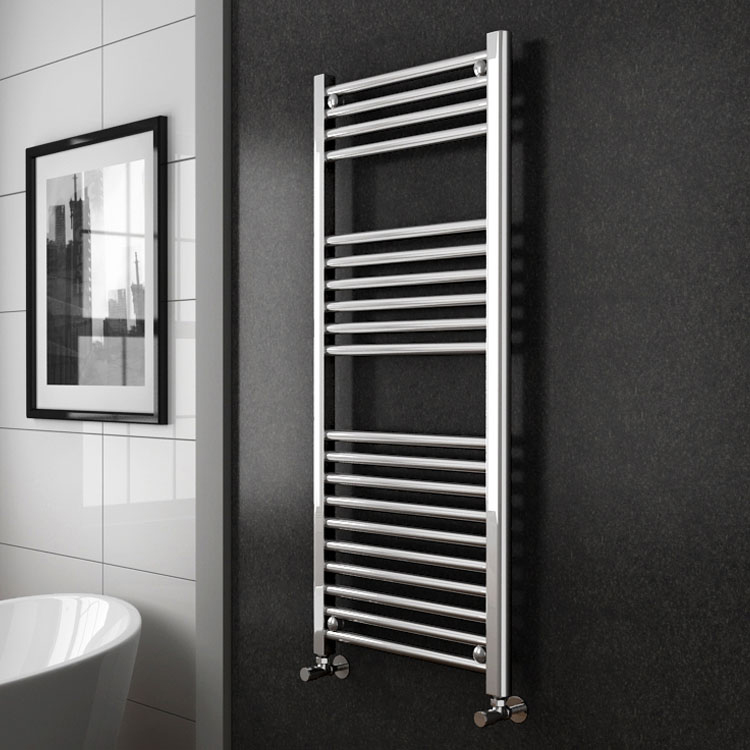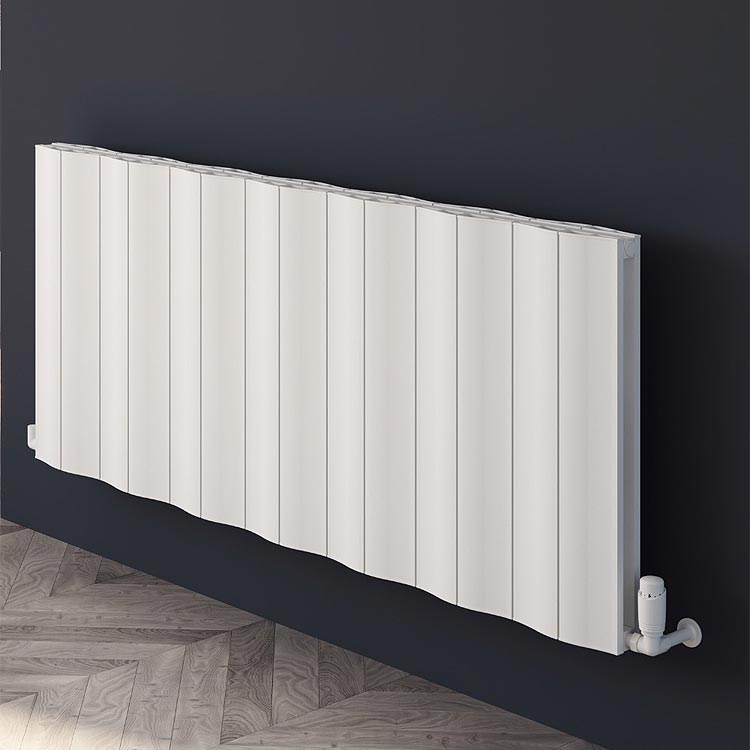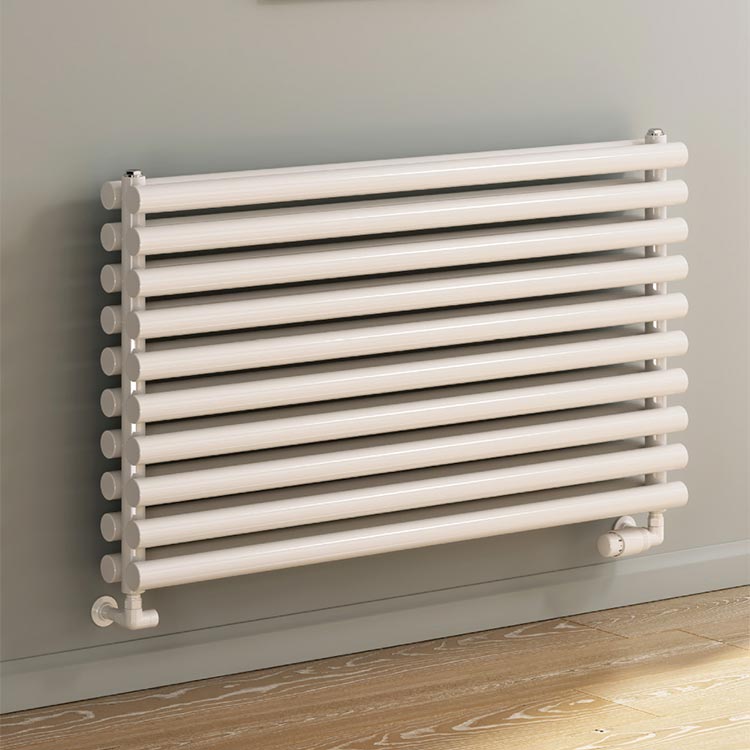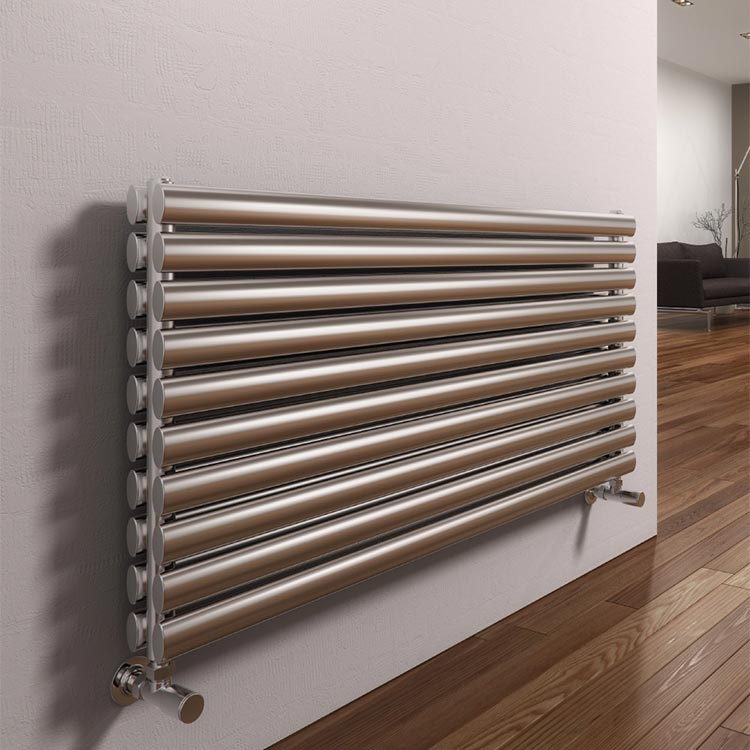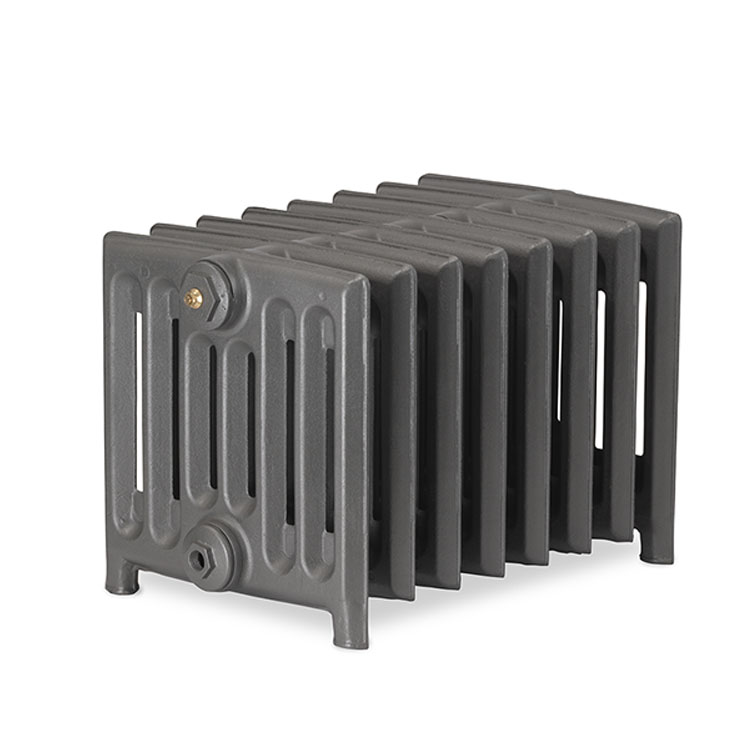Radiator Guide
Radiators are the most common way to heat homes within the UK. Choosing the right ones can make your home more energy efficient, comfy, and stylish. But with so many options, it's tough to pick the best type. We've created an easy to follow guide which should help you make the best decision for your space.
This guide breaks down the different kinds of radiators, their styles and materials, how to figure out the right size, and what to think about before you buy one.
Different Radiator Types
Lots of different radiators are out there to fit different needs. First, pick the kind that uses the fuel you want. Then, decide on the style and material you like. Check out the details on different radiators below.
Central Heating Radiators / Plumbed Radiators:
- These are the go to radiators for many homes.
- They use water heated by a boiler or heat pump.
- The radiator gets heated when hot water flows through the connected pipes.
Electric Radiators:
- Filled with thermo-fluid, heated by an electric element.
- No need for pipes or a boiler - simply plugged into the mains electricity supply.
- Perfect for places without a traditional heating setup, like new extensions or rooms with no plumbing.
- They work well during summer when you may only need to heat one room (a bathroom is a great example) instead of the entire house.
Dual Fuel Radiators:
- The best of both worlds – gas and electricity.
- Operates like central heating radiators but has an electric thermostatic heating element.
- Lets you heat a single radiator without firing up the central heating system. Will also turn on when the central heating is on ensuring the room is always warm.
Radiator Options
Radiators are available in various styles. Start by thinking about the size and purpose of the room. A standard horizontal panel radiator might be suitable for a bedroom, especially if it's not in plain view. If you're looking to add a touch of style to your living room, a designer radiator could serve as a decorative feature. For kitchens with limited wall space, a space saving or vertical radiator is an excellent choice.
Horizontal or Vertical Radiators - Horizontal radiators are wider than they are tall and are often placed under windows. On the flip side, vertical radiators are taller than they are wide, making them excellent for saving space. Since they are more noticeable than horizontal ones, vertical radiators often come in fancier designs.
Designer Radiators - Designer radiators, also called modern or contemporary radiators, bring both warmth and style into your home. With modern designs, they can serve as a focal point in any room. Whether you prefer horizontal or vertical radiators, designer options are available, and they come in a variety of finishes to suit your taste.
Radiator Materials
Radiators are made from four types of metal, each with its own unique qualities for effectively spreading warmth in a space.
Mild Steel Radiators - Steel radiators are commonly used in UK homes for good reason—they provide efficient heating at an affordable price. These radiators are known for their ability to keep your home warm even during the coldest winters, thanks to excellent heat conduction. What's great is that they come in various shapes, sizes, and colors, making it easy to find one that fits your style. Not only are they functional, but they also add a stylish touch to your home, whether you prefer a modern or traditional look.
Aluminium Radiators - Aluminium radiators offer a quick and efficient heating solution with lower water usage compared to materials like steel. Their ability to heat up rapidly ensures comfort in your home, and the reduced water requirement contributes to energy savings. Known for high heat outputs, aluminium radiators can be a cost-effective choice for keeping your home cozy, potentially reducing heating bills. Their lightweight design makes them easy to transport and install, providing flexibility in placement. Additionally, the corrosion resistance of aluminium extends the lifespan of both the radiator and your central heating system. As an environmentally friendly option, aluminium radiators are easily recyclable, making them a conscious choice for those considering the planet.
Stainless Steel Radiators - Elevate your home's heating with the sleek and durable design of stainless steel radiators. Offering efficient heat output and minimal maintenance, these radiators effortlessly blend function with style. The corrosion-resistant properties of stainless steel ensure long-lasting durability, while easy cleaning guarantees a year-round polished finish. Versatile in design, they complement any interior style, making them a smart choice for those seeking a low-maintenance, high-performance heating solution that stands the test of time.
Cast Iron Radiators - Infuse timeless charm into your home with the robust elegance of cast iron radiators. Known for their classic design and exceptional heat retention, these radiators provide enduring warmth and style. The sturdy cast iron construction ensures longevity, requiring minimal maintenance. Their vintage appeal adds character to any space, making them a reliable and visually pleasing choice for homeowners seeking a durable, low-maintenance heating solution that exudes classic sophistication.
What is a Central Heating Radiator?
A central heating radiator or convector radiator consists of metal panels with fins, which increases the surface area to boost the radiator's heat output. There are various types of convector radiators, categorised by the number of panels and fins they have.
Understanding the numbering system helps differentiate type 21 and type 22 radiators from type 11. The first number indicates the number of panels, and the second number indicates the number of fins (for example, type 11 has one panel and one fin, while type 22 has two panels and two fins). Radiators with more panels and fins generally have a higher heat output than those with fewer panels and fins.
What size Radiator Do I Need for My Room?
Radiators come in different sizes, and to pick the right one, you need to check its BTU rating. BTU, or British Thermal Units, tells you how much heat a radiator gives off. Every radiator has a BTU rating.
Here's the thing: a bigger radiator doesn't always mean more heat. The material matters too. To get the right radiator, figure out how many BTUs your room needs. This depends on the room's purpose, number of walls, insulation, size, and the windows and doors. For example, a small windowless space needs a radiator with fewer BTUs than a big, well-lit room with lots of windows and doors. Click here to use our simple BTU calculator
Can I Have Two Radiators In One Room?
The simple answer is yes, you can install more than one radiator in a single room. To figure out how many radiators you need, start by calculating the BTUs your room requires. Then, find a radiator with a BTU rating that matches or slightly exceeds your room's BTU requirement. If it's a bit higher, no worries – you can always adjust the heat.
In some cases, you might need more than one radiator. For instance, in a big room with high BTU needs, even the highest-rated radiator might not be enough. Or, you might want to use multiple radiators to spread the heat evenly. If you're adding more than one radiator in a room, just make sure the total BTUs from all the radiators match the room's BTU requirement.
Your Cart
Your Account
 Login Status
Login Status 

